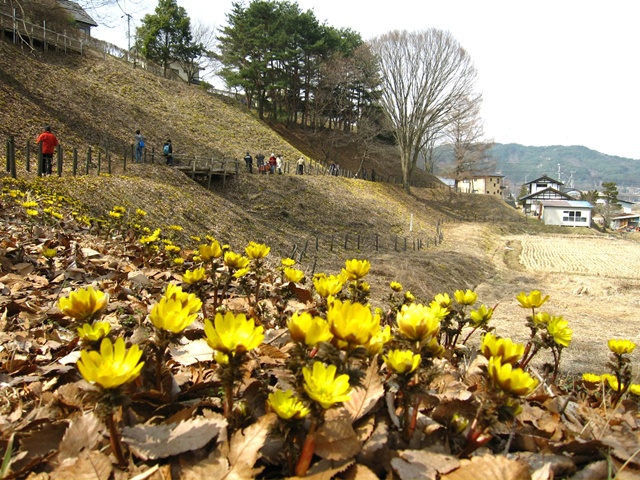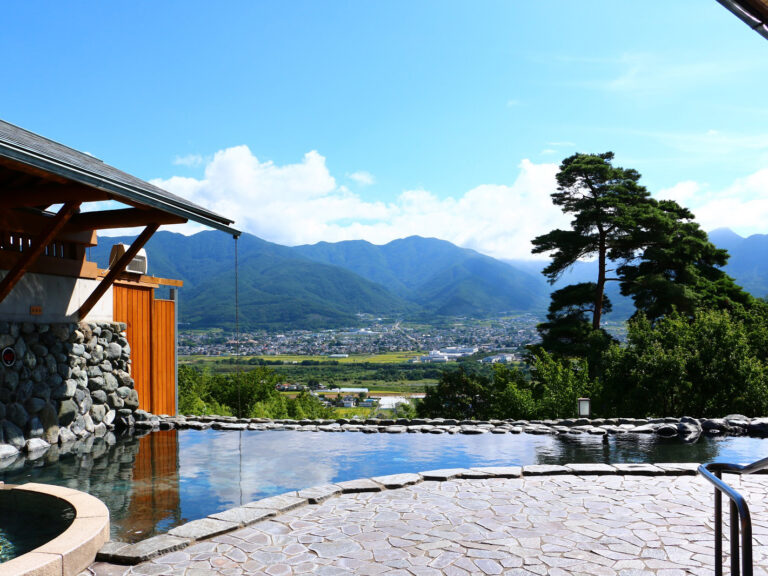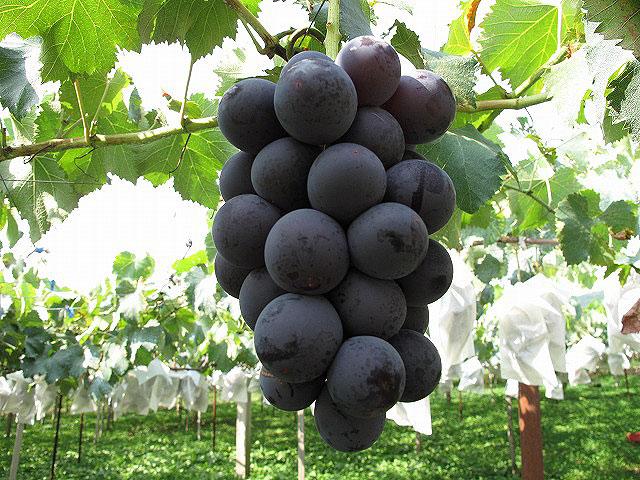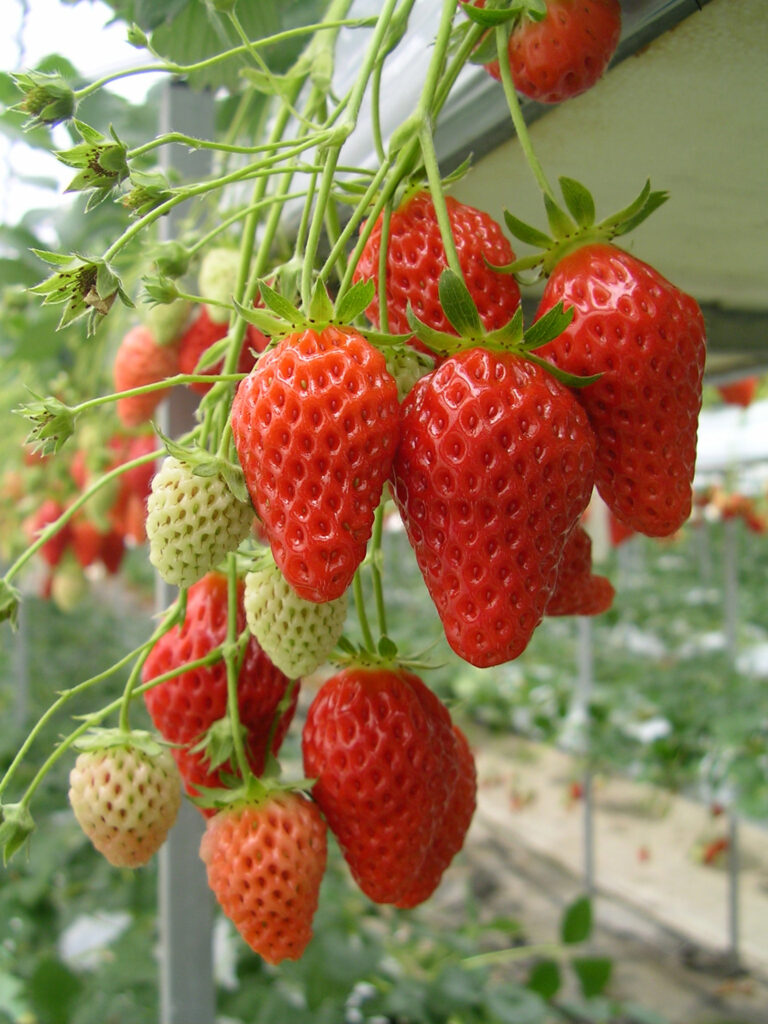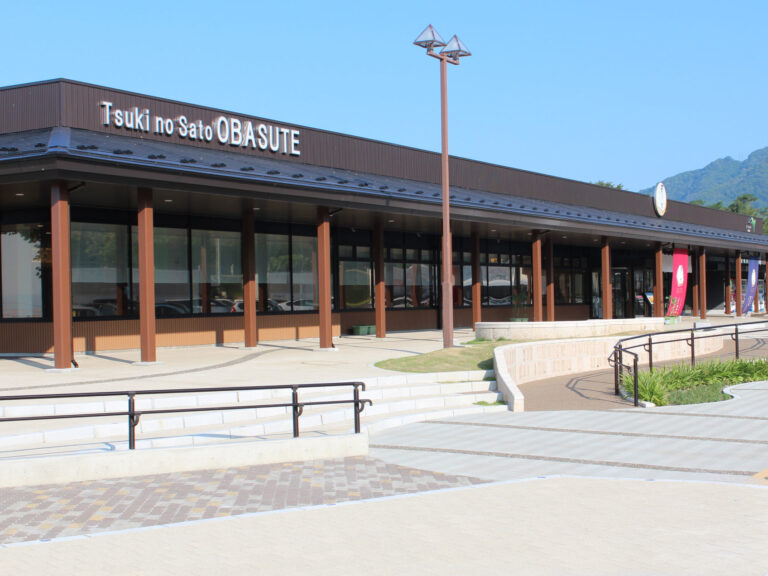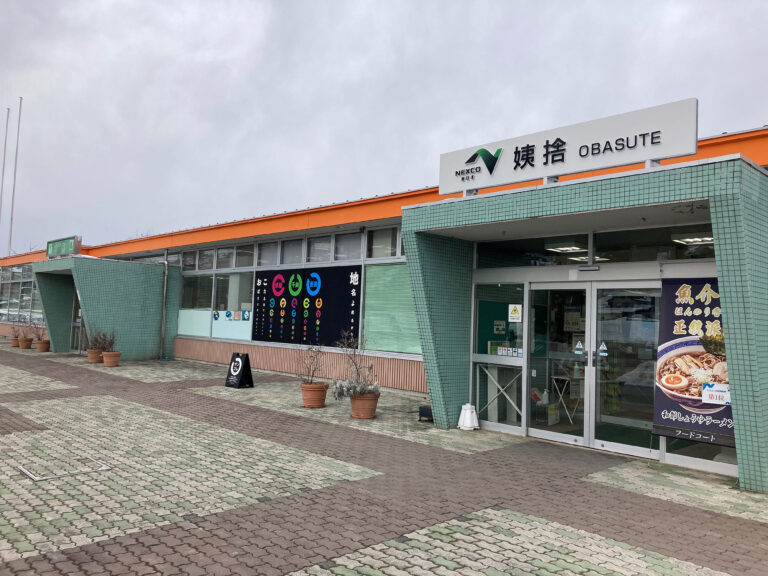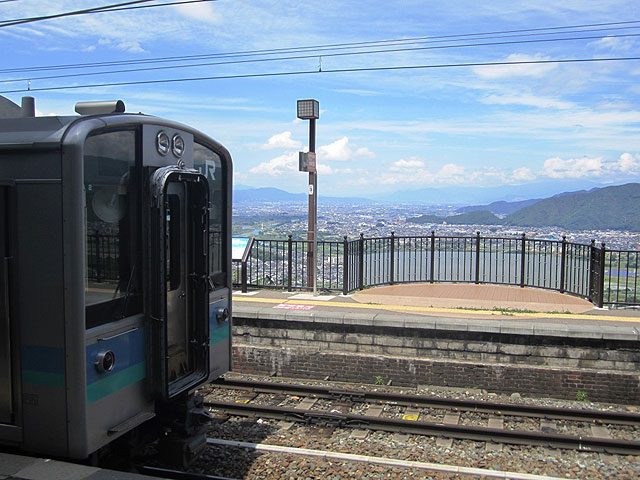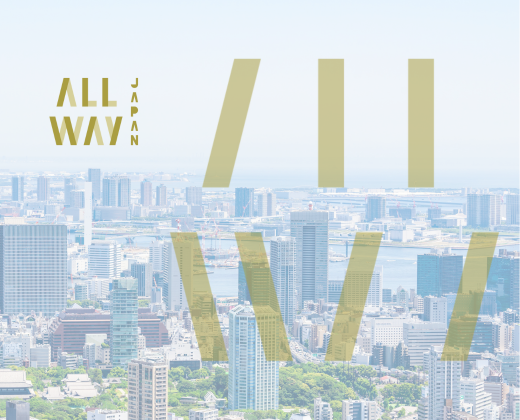Chikuma Shrine
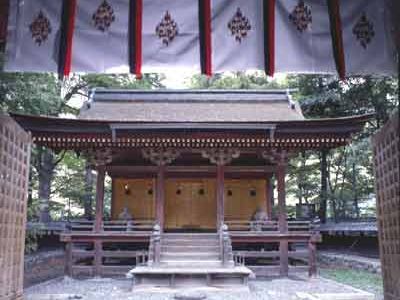
It is also known as the Kokufu Hachiman-gū, and a shrine that conveys that the Kokufu of Shinano was located here. He also gathered faith from successive lords of Matsumoto. The main shrine was the one that was donated by Masayasu Ogasawara in 1439. It is designated as an important cultural property of the country, with a cypress-skinned covering that preserves the techniques of the Muromachi period. The shrine was built in the 15th year of Gyeongsang (1610) by the lord of Matsumoto and Yasunori Ishikawa.

